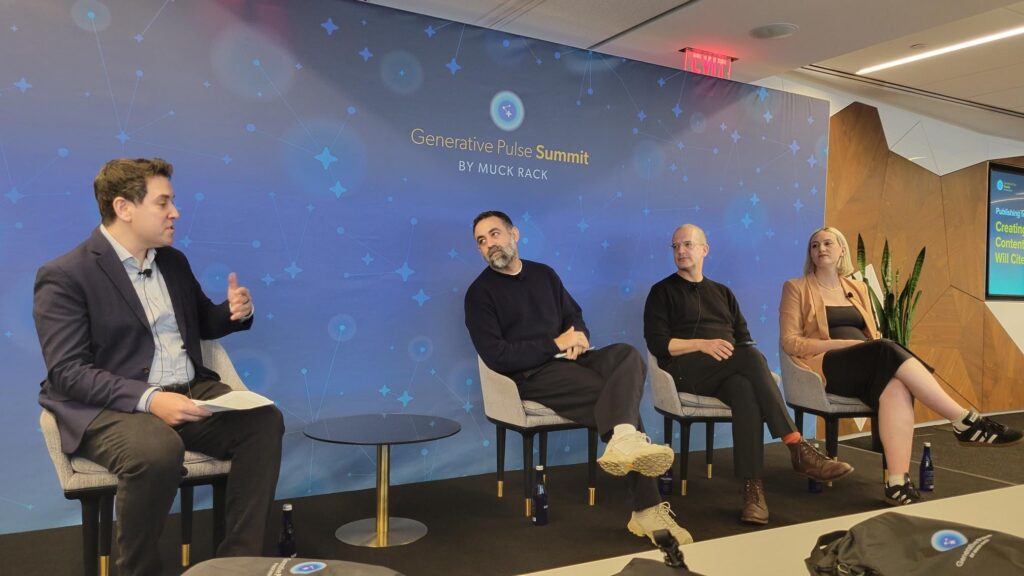THE LEAD STORY in the December issue of DIRECT (“Don’t Be Lulled”) featured a pie chart indicating that in 1999, companies were spending 50% of their direct marketing dollars on customer retention and the other 50% on customer acquisition. In 1998, however, customer acquisition accounted for 60% of spending, while only 40% targeted retention.
Growing vs. Retaining
Assuming these numbers are an accurate measure of what’s happening in the direct marketing world, the implications could be very disturbing. While there’s nothing wrong per se about spending on customer retention, you can’t grow a business that way – certainly not in terms of the number of customers, almost definitely not in terms of revenue and eventually not in terms of bottom-line profits.
A related finding was that 60% of the respondents reported they would be spending more on direct marketing activities next year, while the balance would be spending about the same.
So, while DM spending is on the upswing – and that’s good news – the amount earmarked for customer acquisition is falling. And I’m not sure that’s good news.
Who’s Doing the Counting?
Here’s what really bothers me. I quote from the DIRECT article cited previously: “Marketers also finally appear to be acting on the long-held contention that it’s twice or four times or 12 times as expensive – depending on the pontificator du jour – to create a customer than to retain one.”
The choice of the expression “pontificator du jour” leads me to believe that the writer, Richard H. Levey, may have had the same experience I’ve had at many DM functions.
Whenever I go to a DMA-sponsored seminar or conference (I wouldn’t dream of going to a non-DMA event) and hear a speaker state as fact that it costs X times as much to acquire a new customer than to keep a current one, I go up at the end of the session and ask where the number came from. More often than not, the answer is that the speaker heard it from another speaker.
This doesn’t necessarily mean that it isn’t true. But it does make you wonder.
There’s nothing easier to calculate than the cost of getting a new customer. And there’s probably nothing harder to figure than the true cost of keeping a customer.
Sound Familiar?
What’s more, how many times have you experienced this scenario:
“We built models to predict the incremental value of individual customers, placed the customers into segments based on their predicted values, and then developed programs to increase retention and/or increase profitability of the segments. We discovered that while the predictions were accurate, spending against the segments did not reduce retention or increase profitability.”
Now, before you start sending in those letters accusing me of DM heresy, let me quickly add that there’s no disputing that “save a customer” and immediate re-enrollment programs work, and that many loyalty programs do, in fact, more than pay for themselves. But the two- to four- to 12-times statistic should not be accepted as gospel.
Each company needs to figure this out for itself: What works for a long-distance phone company may not work for a credit card firm, a retail store or a book or music club.
Also, the question of how to allocate marketing dollars to either base-level service or retention is not all that easy. Nor is it clear what level of discretionary spending will cause a change in retention.
For example, spending an extra dollar on each customer per year will probably result in a loss equal to the number of customers, while spending a larger amount on a targeted segment may prove profitable.
Test, Test, Test
Which raises the question, how large is a larger amount? There’s no one answer, and in fact it’s a good idea to be constantly testing to determine the best way to direct dollars to different segments.
Finally, I’d be more than happy to use this space to report on actual case studies of how companies have measured the difference between acquisition and retention costs.
If you would like to share your experiences, please e-mail me at davidshepard@compuserve.com, or mail your story to DIRECT.



